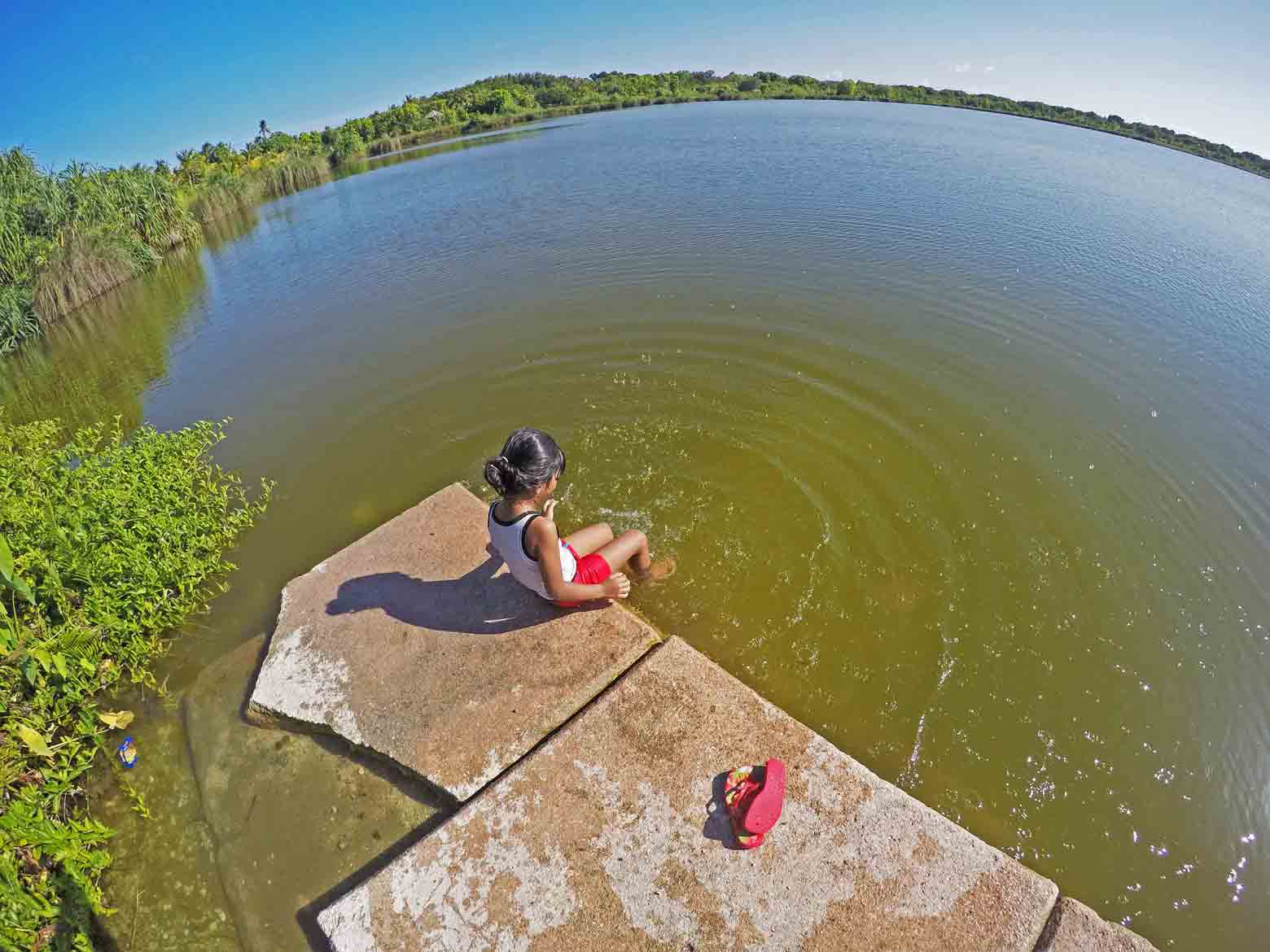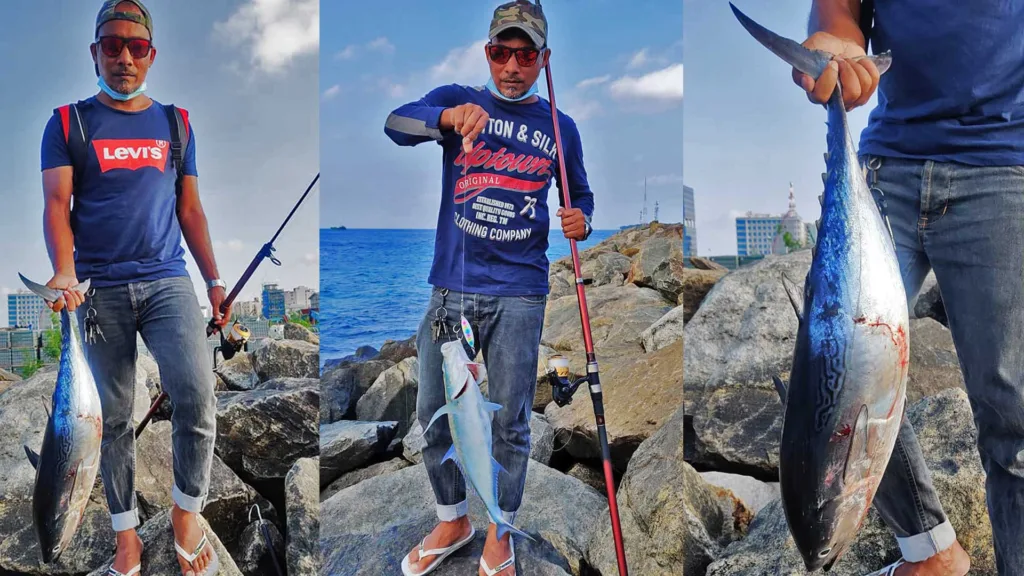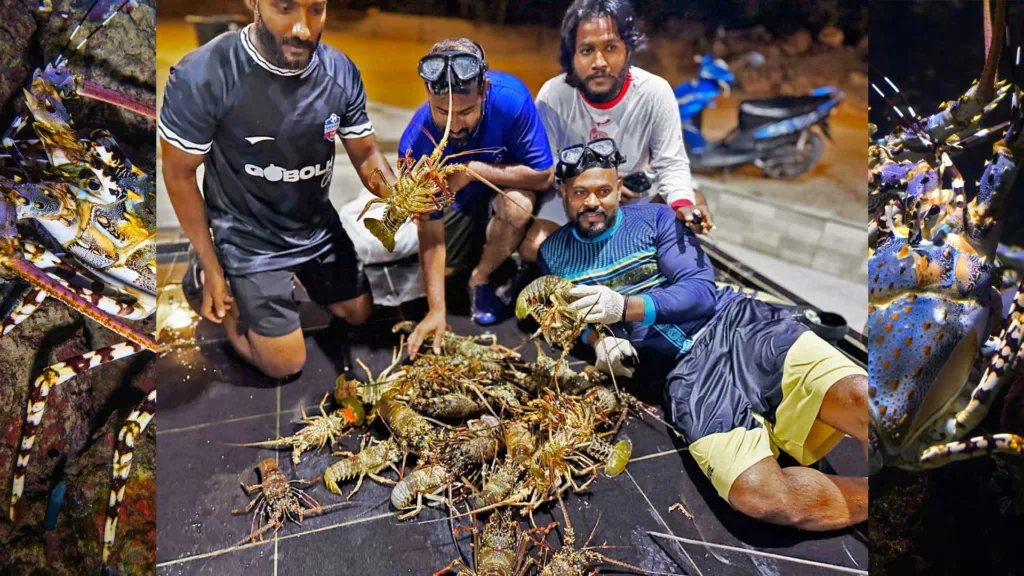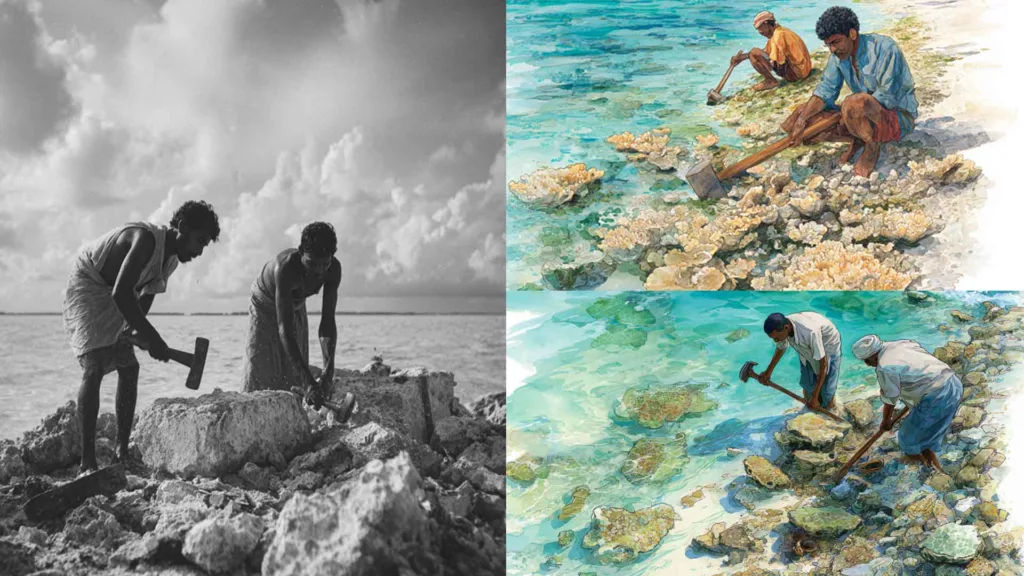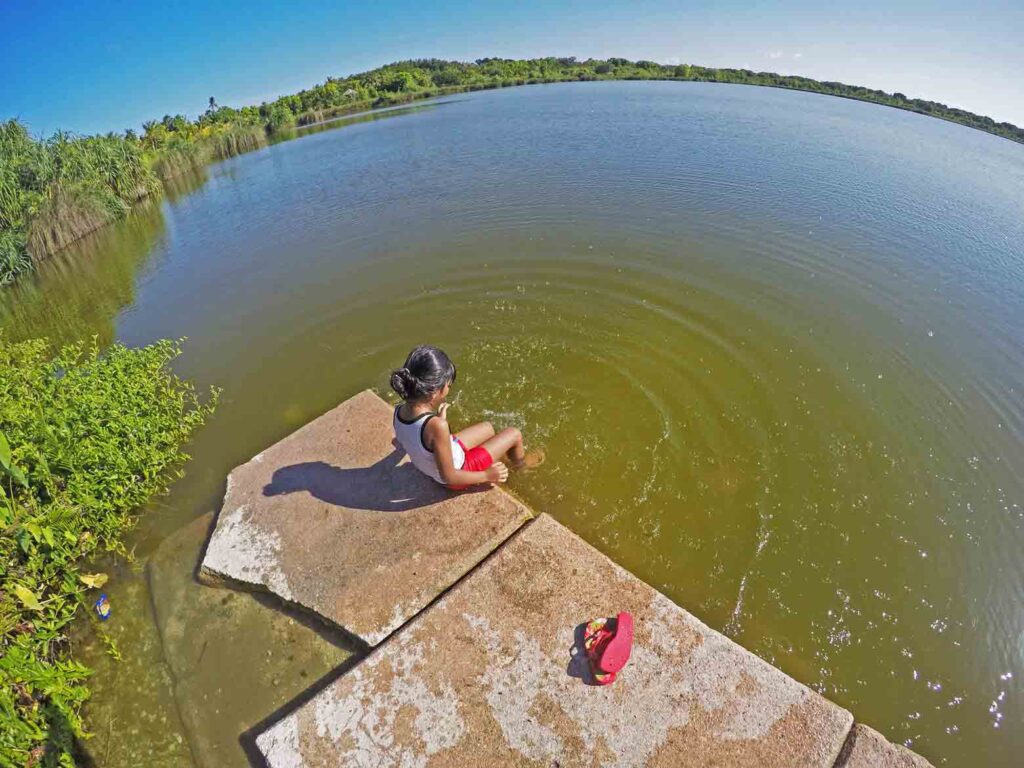
Mangroves are intriguing ecosystems. An individual plant and the whole environment are both called mangroves. It’s wonderful how strong and flexible mangroves are. These are the toughest forests in the world. Mangrove forests are globally significant biological, ecological, and economic ecosystems.
Several tree species that have developed a variety of adaptations to withstand the severe conditions make up mangrove forests. Besides mangrove trees, the ecosystem is home to many different kinds of plants and animals, and many of them have evolved to survive in the mangrove environment. Mangroves are the Maldives’ unique ecosystems that support an abundance of animals and mangrove plants.
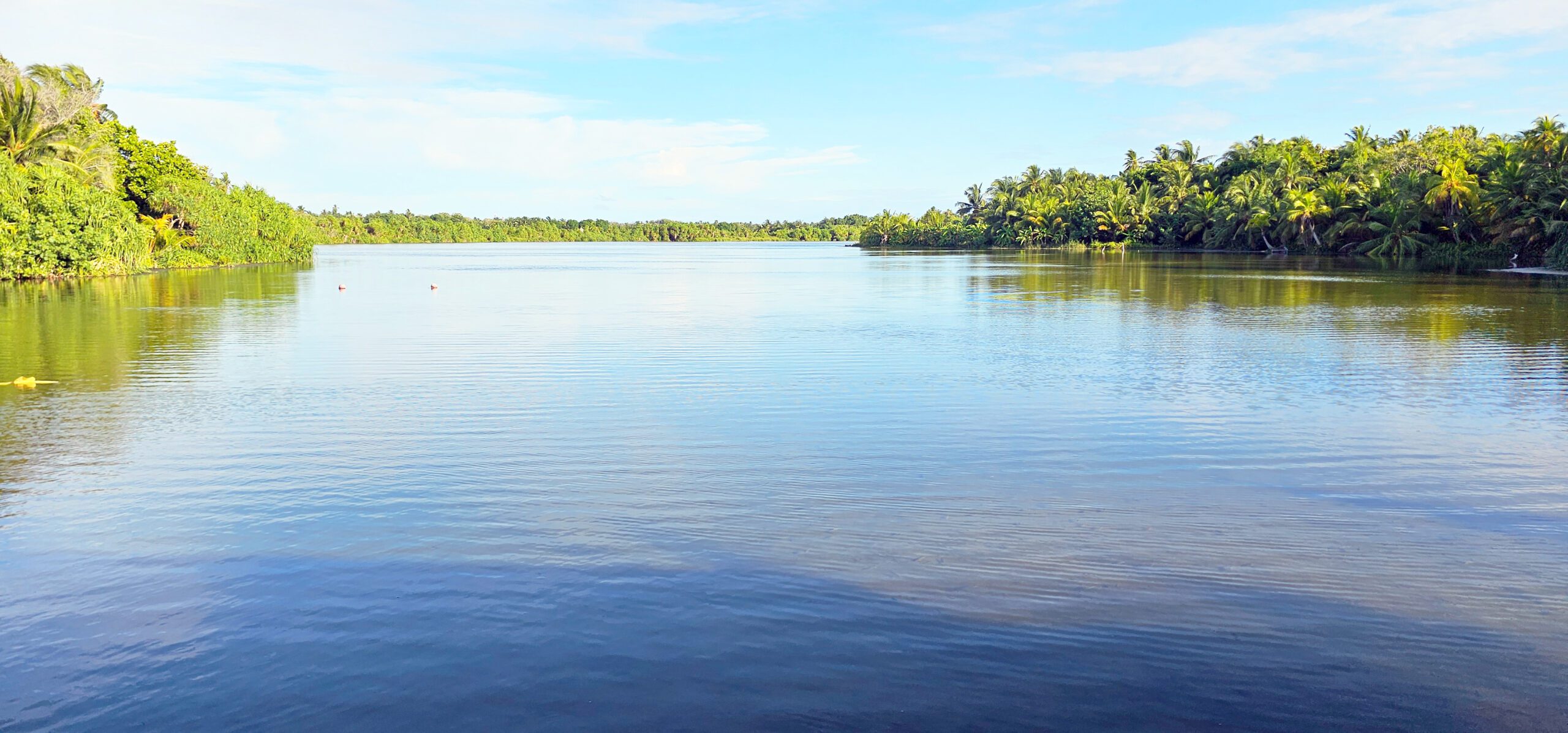
In the Maldivian archipelago, it is among the most biodiverse locations. Many plants and animals rely on the ongoing interaction of the various food chains to survive in this system. Different kinds of plants and animals can be found in mangroves besides trees.
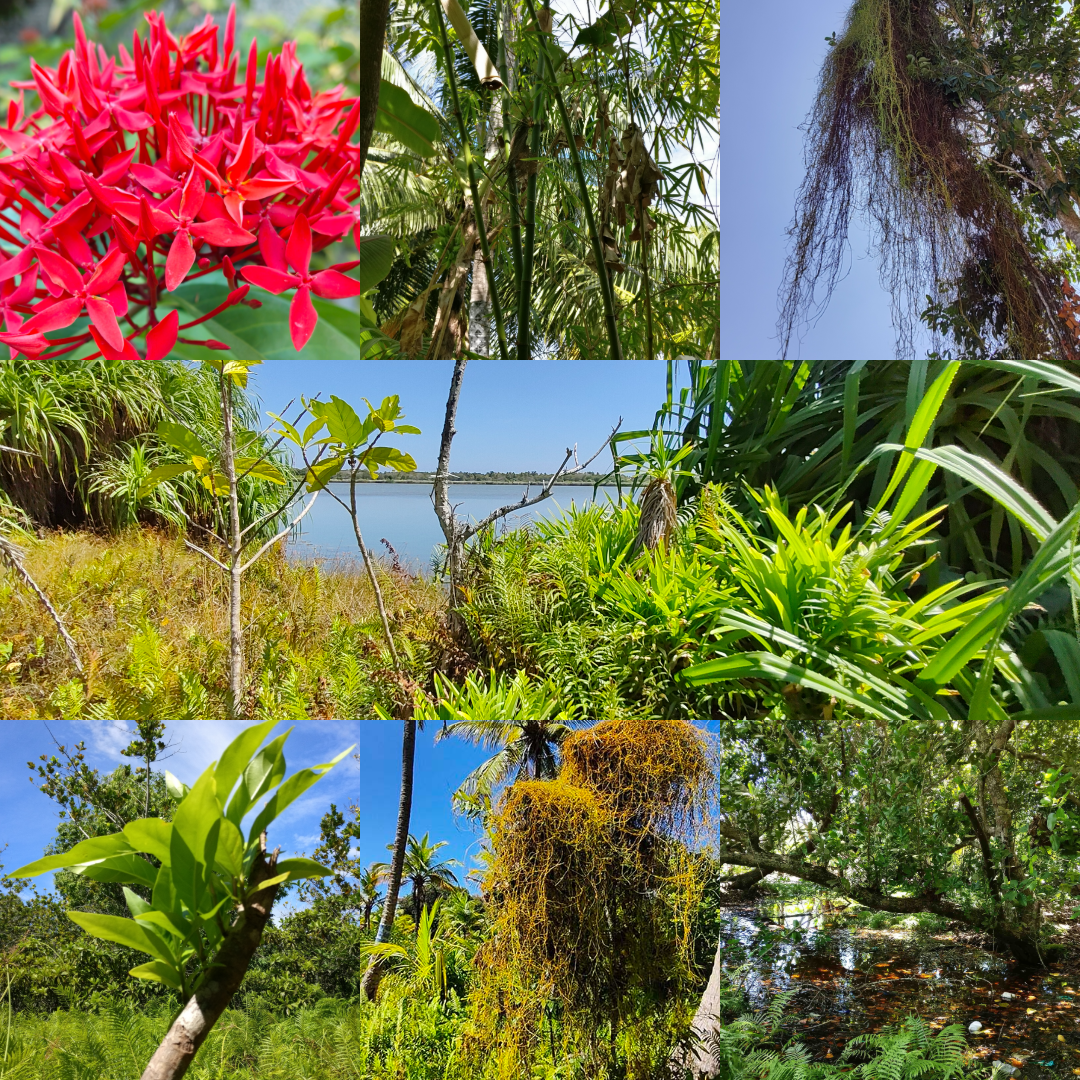
Wetlands play a crucial role in the mangrove environment. The world’s wetland ecosystems are crucial to the survival of all forms of life. Unfortunately, these are also some of the most endangered wild areas. Whether they are freshwater or saltwater, mangroves, swamps, marshes, rivers, and streams are all types of wetlands. Even though some wetlands stay the same year-round, many of them do not, especially in the tropics.

The Maldives’ islands include mangrove forests made up mostly of small groups of mangrove plants that grow in muddy areas or closed-off bodies of brackish water (water that has a salinity level higher than freshwater but lower than saltwater) called as “kulhi” in local language. Mangrove forests in the Maldives are divided into two types: closed and open systems. Closed systems are further classified as lake-based inland mangroves and marsh-based inland mangroves. In lake-based inland mangroves, mangroves grow around a brackish pond that forms in a hollow in the land. There are more types of open systems. Coastal fringe mangroves are right next to the water, and are called coastal fringe mangroves. Bay mangroves, on the other hand, are subject to daily tide flushing (Saleem and Nileysha 2003; Shadiya et al. 2016).
In the Maldives, one of the most beautiful wetland areas is around Fuvahmulah-Dhadimagi Kilhi, a freshwater lake in the north of the island. Another beautiful wetland area is around Bandaara Kilhi, a saltwater lake between Miskiyymagu ward, Dhoodigan ward, and Maalegan ward.
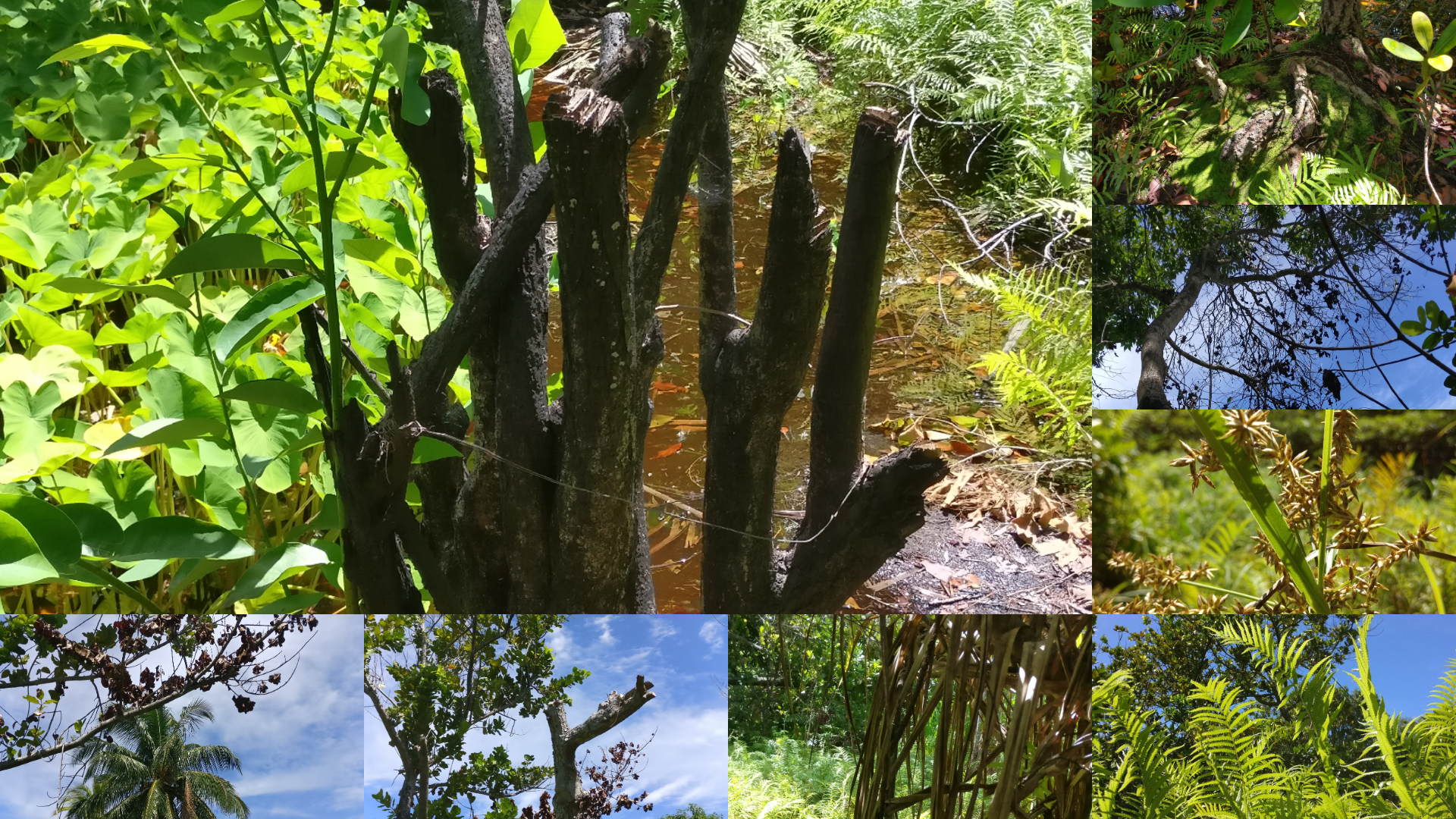
These bodies of water have a diverse wetland ecosystem. Some people believe that the ocean once connected these bodies of water. The largest freshwater reserve in the Maldives is Bandaara Kilhi. Bandaara Kilhi swamp encompasses 4.74 hectares of land. The water depth ranges from seven to ten feet.
Life in this ecosystem
The Maldives’ mangroves are home to a diverse range of species, making them one of the country’s most biodiverse areas. The mangrove ecosystem of Fuvahmulah is also rich in biodiversity. When we were young, we remember varieties of birds enjoying the spectacular ecosystems including those underneath the water. We observed an abundance of tilapia, mosquito fish, and Bengal eel. In addition to these species, the ecosystem here is full of life: reptiles, insects, birds, and crustaceans play an important role in maintaining this vibrant ecosystem.
Fish and other species
The most common types of fish found in these lakes are tilapia (footumaha), Bengal eel (bangaalha), and mosquito fish (fena maha). Milkfish also inhabit these lakes. The rough surface of the tree roots is where worms, snails, and other ecosystem-related microbes cling. Ants, spiders, moths, termites, and scorpions also live in hollowed-out branches. Along tree limbs, lizards and wolf snakes (nannigathi) scuttle. Frogs cling to bark and leaves.
Vegetation
When it is raining, the view from above the wetlands area is fabulous. Thick vegetation, comprising various species of flora, covers the ecosystem. To help trees stay stable in the mud, some species have prop roots that grow out from their stems.
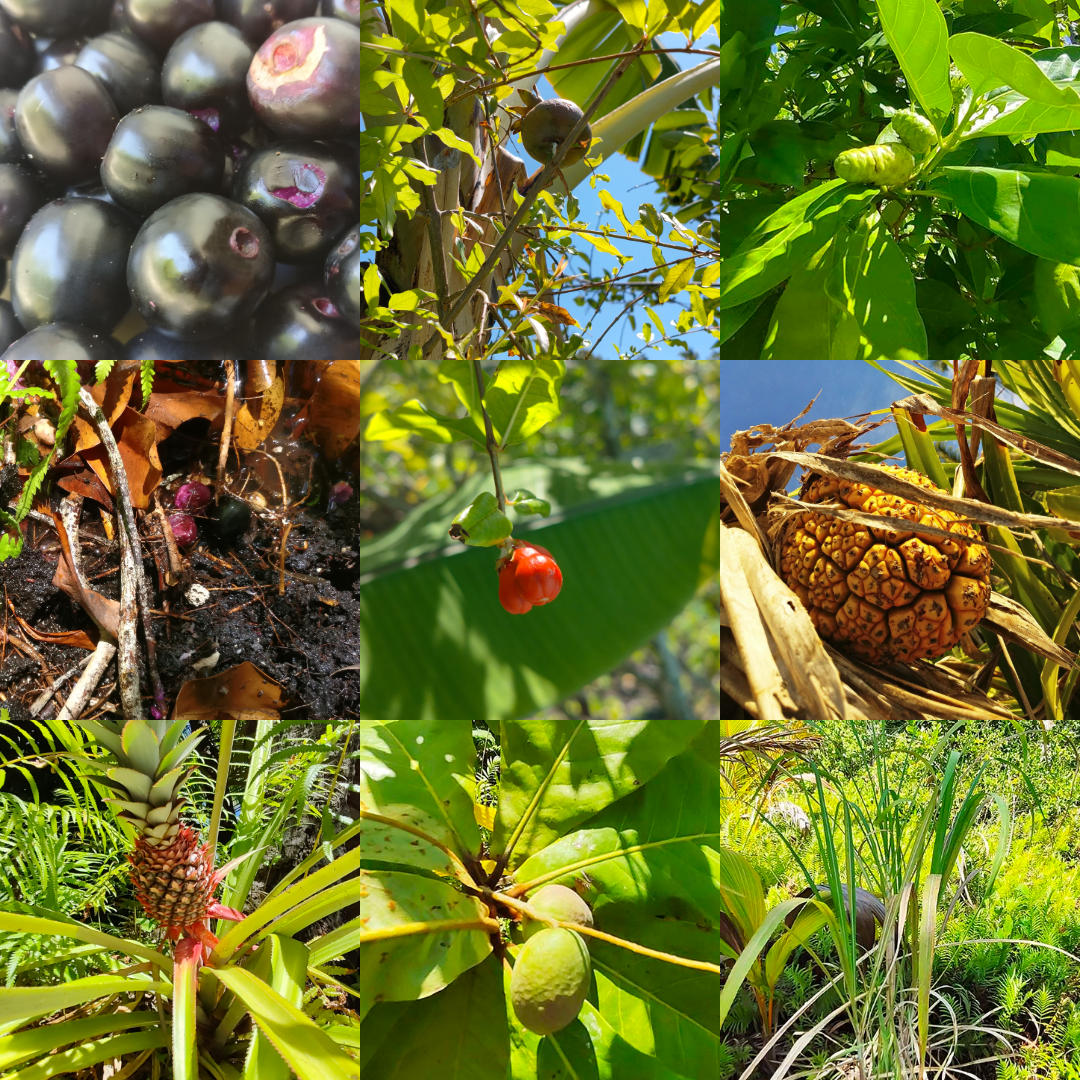
Other species have pneumatophores that bring oxygen from the air to the roots and act as breathing tubes. Mangroves can live in often hostile situations thanks to these adaptations.
Local reeds (haa or khau), the raw materials used in the ancient art of mat weaving, are the most distinctive plants. In ancient times, the skilled artisans wove beautiful mats using these reeds. This remarkable plant is not only durable but also abundant in the area, making it an ideal choice for mat weaving.
Screwpine (Boakashikeyo), ferns, tropical almond, cheese fruit, banana trees, coconut palms, mango trees, and different types of grass and plants can also be seen in large numbers. Taro (ala) fields are a unique, healthy, and valued part of the island’s ecosystem. Plants with medicinal values are also found in the mangroves.
Birds
Fuvahmulah has gained fame for some of the most spectacular and unique birds in the Maldives. The mangrove forest is a haven for birds.
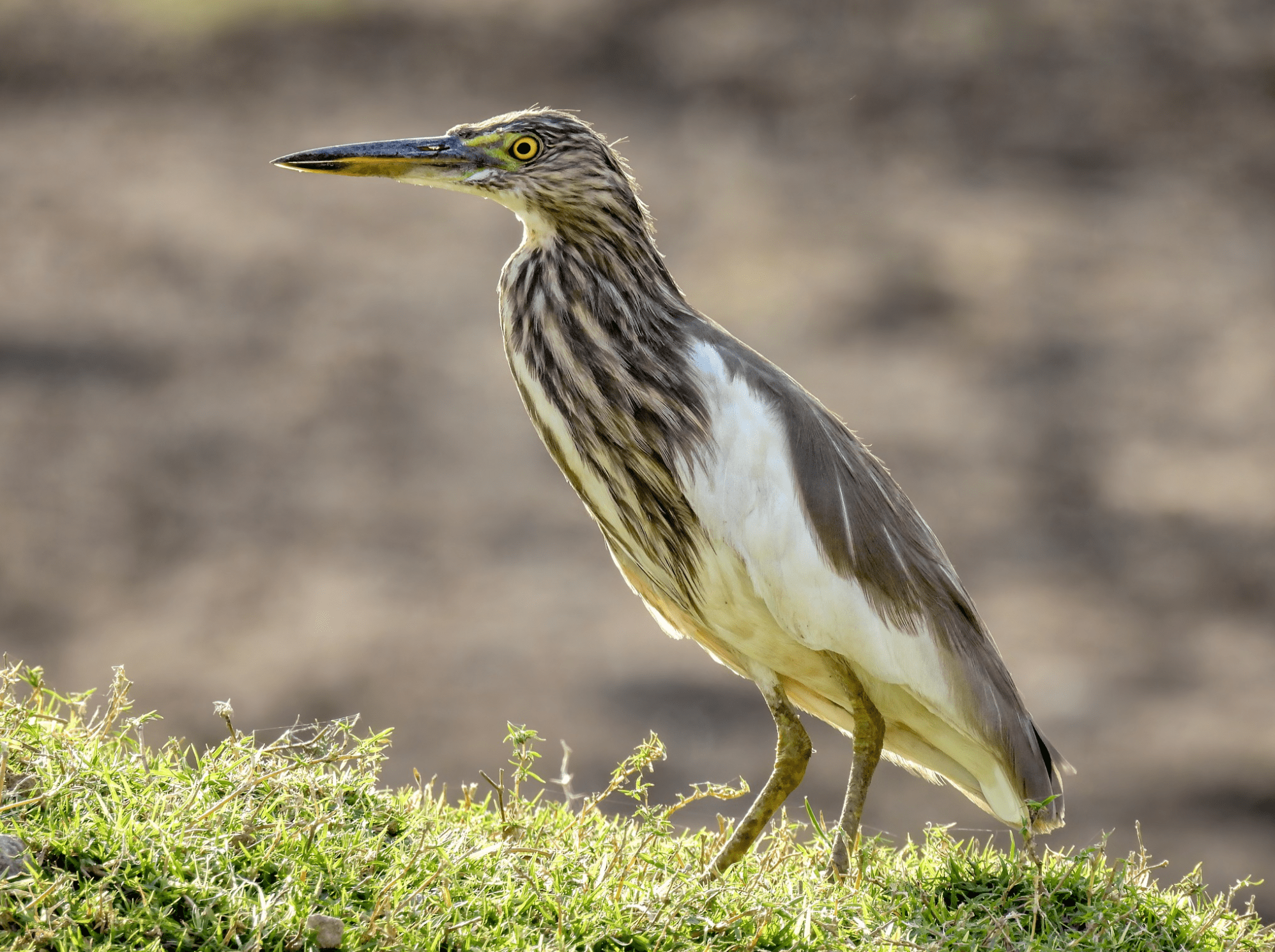
In the marshes, you can also see many kinds of birds, like grey herons (Maakana) and Maldivian pond herons (Huvadhoo Raabondi), which usually eat fish with their heads in the water. There are also tall mangrove trees where birds nest and areas where they search for fish by walking between the tree roots.
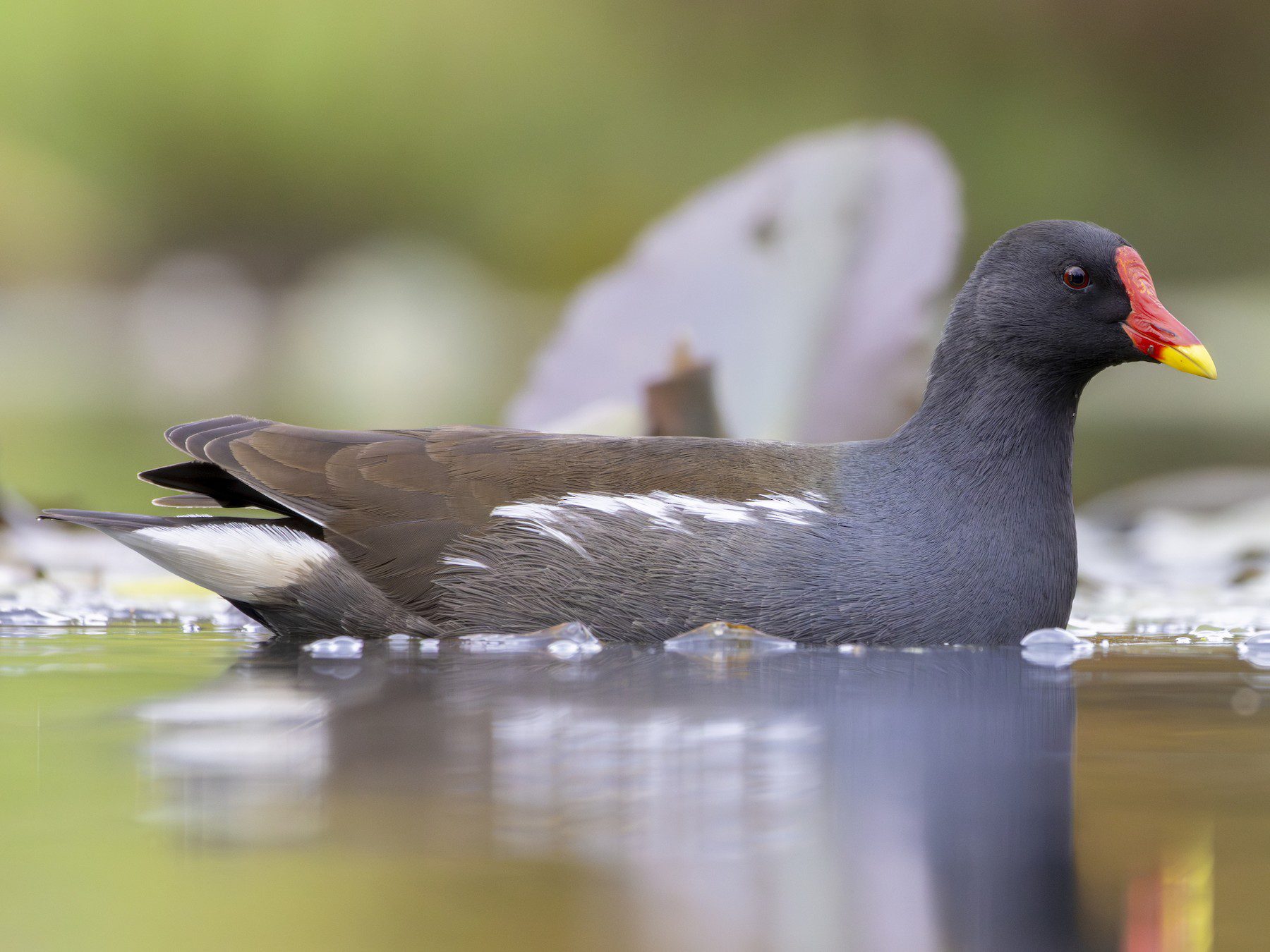
The chirping of small birds, the gobbling and chuckling sounds of little egrets, the croaking sounds of egrets, and the croaking of herons bring harmony and tranquility to this ecosystem. And the squeaky sound of the famous moorhen makes the atmosphere a pulsating place for perfect vegetation.
Benefits of these mangroves
Fuvahmulah’s physical characteristics shape the island into a bowl. The middle of the island is at a lower elevation than the perimeter of the island. So, it helps the island from flooding. These mangrove areas are beneficial for breeding, feeding, and as nursery grounds for fish and other animals. They also provide us with an ample supply of food. Mangroves have various medicinal uses, including reducing inflammation, treating diabetes, reducing pain, eliminating parasites from the body, and functioning as an antiseptic.
